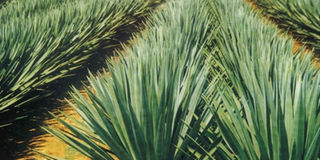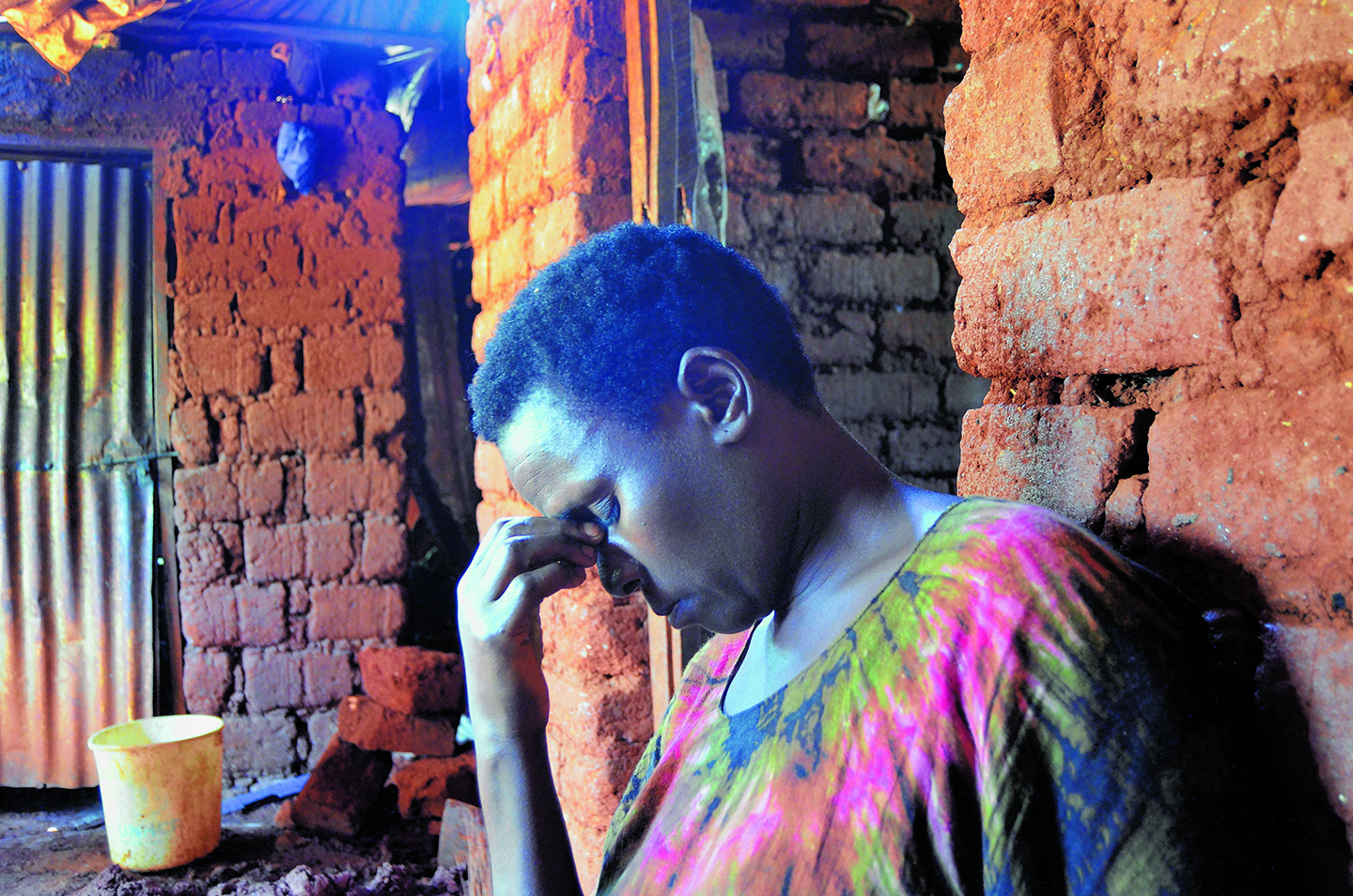Increased production, prices raise govt revenue from sisal by 154pc

What you need to know:
The TSB acting director general, Mr Yunus Masika told The Citizen on Wednesday that the Tanzania Revenue Authority (TRA) collected Sh2.75 billion from various activities associated with the sisal crop in 2012, but the amount rose to Sh7 billion last year (2016).
Tanga. The contribution of the sisal sector to government revenue has gone up by 154 per cent during the past five years, thanks to an increase in production volume and unit prices, the Tanzania Sisal Board (TSB) has said.
The TSB acting director general, Mr Yunus Masika told The Citizen on Wednesday that the Tanzania Revenue Authority (TRA) collected Sh2.75 billion from various activities associated with the sisal crop in 2012, but the amount rose to Sh7 billion last year (2016).
Production of the sisal fibre – used for such activities as rope and twine making as well as in the making of paper, cloth, footwear, hats, bags, carpets and dart boards among others - increased from 34,527 tonnes in 2011 to 40,001 tonnes in 2015 before dropping to 36,753 last year.
“A total of 52,913 tonnes of fiber worth Sh24 billion was sold locally between 2010 and 2016 while 23,395 tonnes more was exported, fetching a total of $27.3 million,” he said.
The TSB is now planning to increase production of fiber to reach 80,000 tonnes by the year 2022. This will be done by increasing productivity from the current average of 0.5 tonnes per hectare to an average of 1.6 tonnes per hectare.
This will be done by using modern farming methods, including increasing the number of plants per row.
Plans are also underway to increase utilization of the sisal plant from the current two per cent to reach 50 per cent of the plat itself. This will be done through producing other products that are in demand in the world market; reviving farms that have been abandoned and increasing the participation of smallholder farmers from the current 5,828 to 10,000 by the year 2022.
There are a total of 48 sisal farms out of which 33 or 69 per cent are in Tanga region. Others are in Kilimanjaro, Morogoro, Coast Region and Arusha. The sector provides direct employment of 27,200 and 238,000 indirect employment paying a total of Sh4.3 billion in wages.


